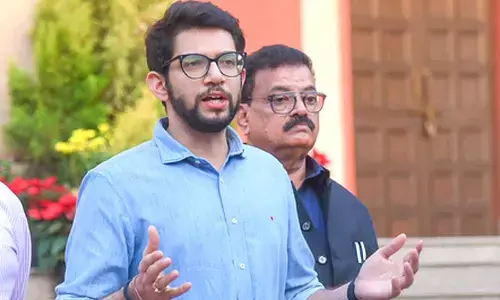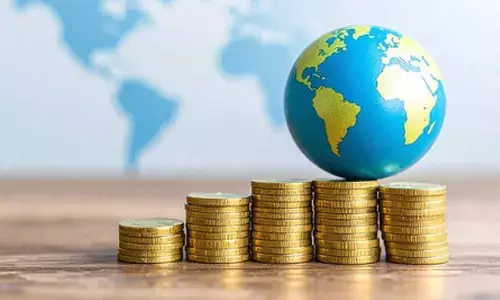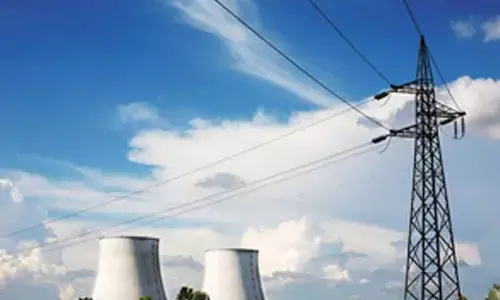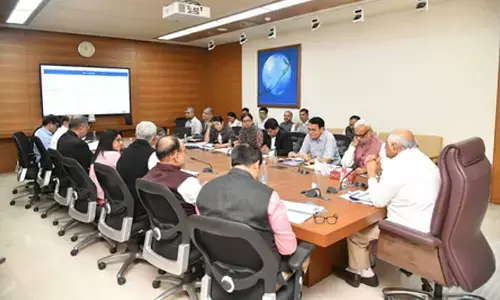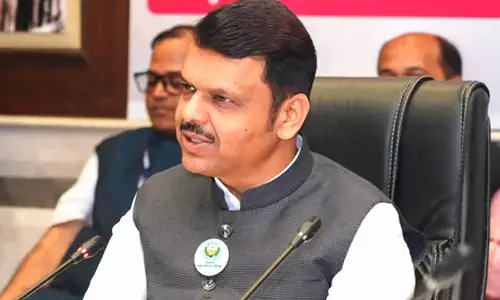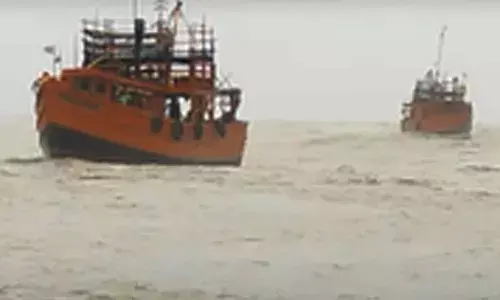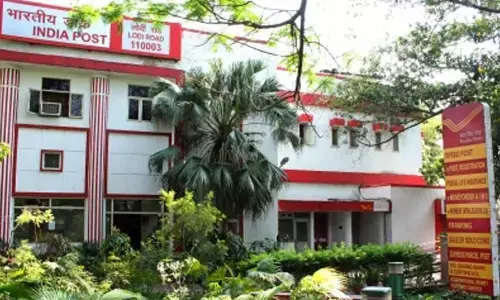Tapping the potential of our marine wealth
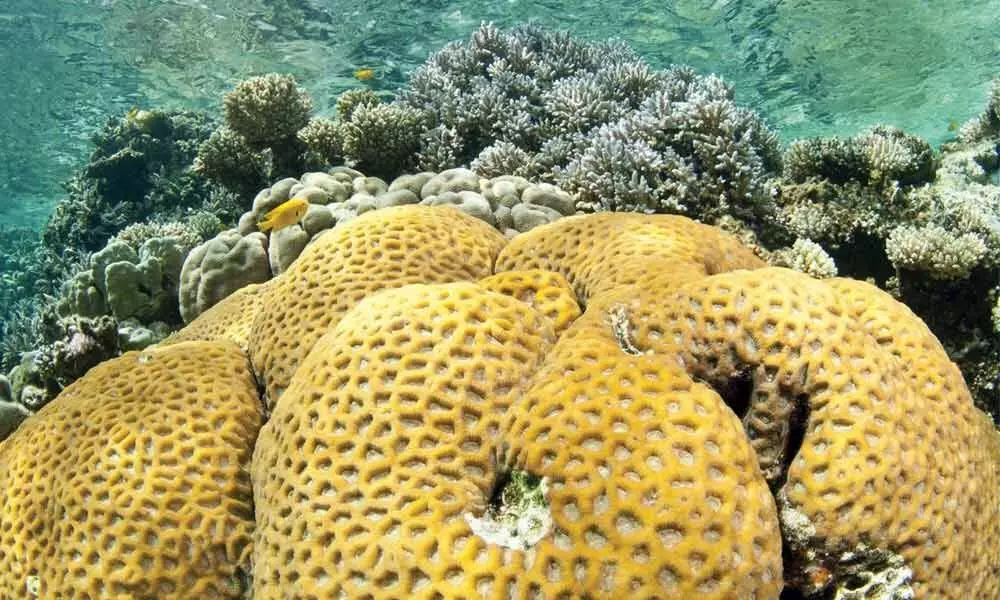
Tapping the potential of our marine wealth
Ours is a country endowed with vast natural resources
Ours is a country endowed with vast natural resources. In addition to its large land area, It possesses a long coastline (close to 10,000 km if one takes the Andaman and Nicobar Islands and the Lakshadweep Islands into account), huge natural lakes, many long and wide perennial rivers with dams and reservoirs brought into existence as part of major irrigation projects.
The seas are rich sources of marine wealth including minerals and fishery. And, while the rivers are sources of riverine fish, the lakes and other freshwater water bodies comprise a vast source of freshwater fish.
Having once been the Managing Director of the (then) Andhra Pradesh Fisheries Development Corporation (APFDC), in addition to dealing with fishery as an allied Sector of agriculture which I handled for a substantial amount of time in my career, I thought I would share with the readers some ideas I have entertained for some time now on the subject of the status and potential of the fisheries sector in India.
We must note, to begin with, that the marine fishery sector, in particular, offers not merely the scope for a vast amount of revenue for the country (in terms of realisations from exports, especially of marine products such as fish and prawn), but is also capable of generating substantial employment, apart from providing protein rich nutrition.
Globally, the monetary value derived from the oceans, including energy, minerals, and fisheries is estimated at US $ 24 trillion. Significant assets lie hidden in the deep oceans, but current state of technology is not sufficient to guarantee their safe and sustainable exploitation.
The unfortunate part, however, is that the resources of the country remain largely untapped. And, whatever little development does take place, is mired in several issues including lack of technological know-how, exploitation by middlemen, shortage of capital and absence of infrastructure.
Over – capacity of fishing fleets, inefficient management systems, marine pollution, declining biodiversity, habitat destruction and climate change also beset the sector. Therefore a major overhaul of fisheries sector and its governance is critically needed. Avenues to sustain production from marine fishery sources need to be strengthened. For instance, an estimated million active fishermen using indigenous craft and gear contribute about 65 per cent of the total marine fish production of the country.
In addition, studies have shown the returns per unit of investment of non-powered boats to be twice that of the powered boats, and capable of generating nearly seven times more direct employment opportunities. Still, very little has been done either in terms of protecting the poaching of their territory by mechanised vessels or providing them the advantages of economies of scale by aggregating them into bodies such as cooperatives or FPOs, so that access to technology, capital, and marketing opportunities is facilitated.
The deep sea fishery sector, in particular, is a source of great concern. The situation, that obtained nearly 40 years ago when I was the Managing Director of the APFDC, I regret to state, has not changed in any significant manner.
For instance, against the Annual Potential Yield (APY 2018) estimate of the available resource in India's jurisdictional waters [defined as the Exclusive Economic Zone (EEZ) stretching up to 320 kms from the coast line], of 5.31 million metric tonnes, the actual production was only 371.4 million metric tonnes.
Another estimate has it that three to four million tonnes of fish can be derived from the seas around India, about three times the present yield. What is more, most of the exploitation takes place in the shallow territorial waters between the coast and the 20 km nautical limit, with mechanised vessels dominating the scene.
The poorest of coastal fishermen operating traditional craft such as catamarans have literally been crowded out of their traditional space by the dominance of the mechanised vessels.
On the other hand, the huge potential for deep sea fishing, an enormous scope for which exists in the EEZ, through advanced technologies in methods such as purse – seining, trawling and long - line fishing, has not had even its surface scraped. Deep Ocean fishing is another emerging field.
It, of course involves higher capital investments and recurring costs. The lack of sufficient skilled crew is another problem. Large fishing vessels with deep sea going facilities, adequate carrying capacity and on - board post – harvest handling facilities, need to be introduced from mainland and island territories. In addition, introduction of large 'factory' or 'mother' vessels can enable catch to be collected afresh in mid – sea and transported to mainland or processed on board.
Deep Ocean a fishing is expensive compared to the coastal trawling operations. In addition, an estimated harvestable potential of two million metric tonnes of deep ocean resources in these areas offers a potentially new frontier for commercial fisheries.
I remember vividly how I had been sent to Thailand to negotiate a 'charter', of fishing vessels from that country by India.
The arrangement involved the Indian party hiring out vessels belonging to Thailand, in exchange for permitting them to fish in Indian waters, merely accepting a small share in the catch, and, therefore, the income therefrom.
While the agreement between APFDC and its counterpart from Thailand, did stipulate that a certain percentage of the crew of each vessel would be trained by Thai fishermen every year (thus paving the way for Indian crew to take over the operation of the vessels over a period of five years). That stipulation remained largely on paper owing to a poor regulatory environment.
In addition, from 2004 onwards, Indian entrepreneurs were allowed to import and operate fishing vessels in the deep waters with a combination of Indian and foreign crew. Unsatisfactory and inadequate while it was, even that limited arrangement was suddenly, and more or less arbitrarily, stopped by the government of India in 2011, ostensibly for security considerations. This will result in a huge fishery resource generating itself in the deep seas, year after year, and provides a source of employment and revenue, to countries poaching in Indian waters, year after year.
In fairness to the Government of India, one must note that significant steps have been taken to provide infrastructure to promote, and encourage, marine fishery, such as the creation of fishing harbours and the provision of infrastructural facilities for handling, storage, transportation and marketing of fish and fish products at all major fish landing centres (estimated at 1400), along both the coasts of the country.
While this initiative augurs well for the mechanised fishery community, it is necessary to ensure that the marine fishing industry should not be supported at the risk of obliterating the traditional fisheries, some signs of which phenomenon are, regrettably, already in evidence in some parts of coast abutting states such as Karnataka.
After all, with all the modern developments taking place, the small scale fishermen and their traditional methods still remain the backbone of the marine fishing industry of the country.
(The writer is former Chief Secretary, Government of Andhra Pradesh)Dr Mohan Kanda









